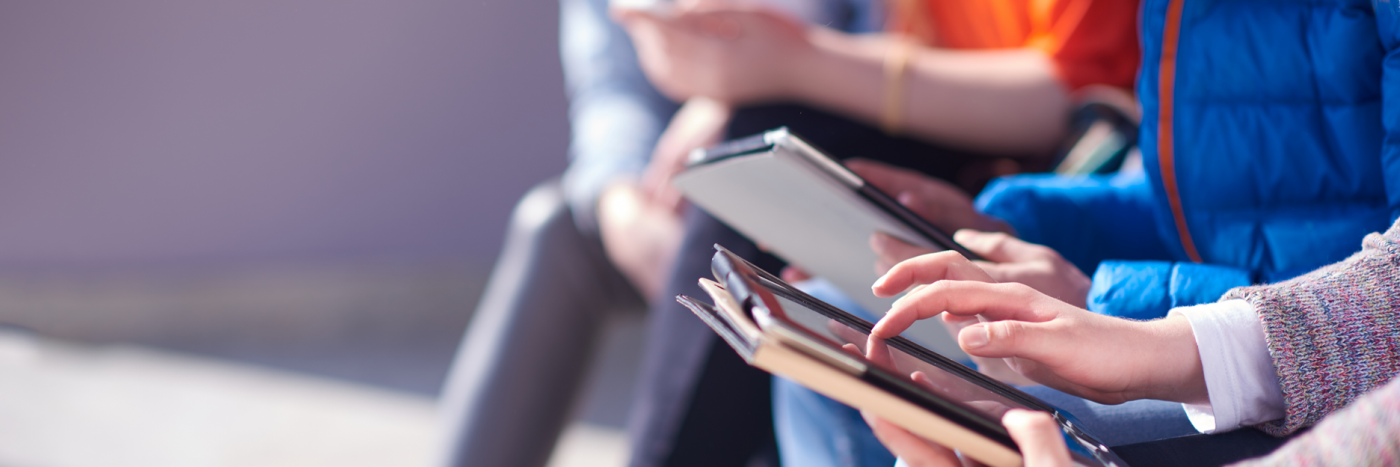Teachers dedicate a lot of time and effort into lesson-planning, delivering engaging content, creating worksheets, grading assignments, monitoring progress, and more. With the abundance of tasks that educators are required to juggle, it becomes more difficult to personalize their teaching methods towards every student in the classroom.
Personalization as a global phenomenon
Personalized learning has been gaining attention over the previous decade, and it is interesting to note that this wave of personfinancealization in teaching is a part of a larger umbrella of personalization in retail, gaming, finance , and other major industries globally.
In fact, personalization in retail is transforming into a service that customers expect from outlets, as a 2019 survey by The Harris Poll revealed that 63% of customers in the USA, UK, and Canada want and expect personalization in shopping from retailers, referring to it as the “standard” service. [1]
For crafts and the arts, major websites such as Pinterest and Etsy have been gaining traction for offering personalized gift ideas, with many freelancers launching their businesses online by selling customized gifts for global customers.
In the financial sector, digital banking has been taking the industry by a storm; most if not major banks now have mobile apps wherein customers can download their statements, create budgets, open savings accounts, and more, viewing all their purchases easily in a hyper-personalized dashboard.
Hence, the trend of personalization can be identified as the reflection of our global culture. As children grow up in a hyper-personalized world – forming their own social media profiles and accounts on e-commerce websites – it is only fair for them to expect the same in schools – a place they view as their second home.
Personalized learning in the classroom
Personalized learning is when teachers tailor their teaching instruction for every student, with content catered to students’ academic needs, skills, and interests.
For teachers, personalized learning is particularly exciting, because it helps them track every students’ progress without losing sight of the classroom’s performance. In addition, it enables teachers to use a variety of different teaching methods, helping them excel in their careers as professional educators.
Personalized learning essentially enables students to learn at their own pace in an approach that works best for them. It differs from traditional teaching methods in a number of ways:

Personalization through the lens of EdTech
EdTech (education technology) has been dominating the educational sphere since the introduction of smart tablets and interactive boards in classrooms, around a decade ago.
Educators have utilized new technology such as artificial intelligence and machine learning to offer personalized programs for students and systems for schools that can be integrated into any teaching curriculum.
These tech innovations are assisting teachers in lesson planning, tracking individual progress, viewing classroom performance, as well as recommending engaging content material. The integration of technology in the classroom revives the teacher’s main role as a source of guidance and mentorship, saving time and effort on banal and mundane tasks such as correcting assignments and recording grades.
- Tailored content for every student: EdTech systems and programs assist teachers in assigning personalized content according to every student’s individual needs, so that they can learn at their own pace.
- Collaboration at any time, and any place: Students can access their devices at any time, allowing them to complete tasks anywhere such as at home, on the bus, or in the park – so they can have a more holistic perception of learning that can be utilized in their daily life, rather than perceiving classroom topics as a separate concept from their day-to-day activities.
- Flexibility and overview of the classroom: By receiving daily or weekly reports of students’ performance in completing virtual tasks that test their subject comprehension, teachers can have a clearer overview of the classroom’s performance – enabling them to repeat topics students didn’t understand, and supporting them in creating content that is easily digestible for students.
Seeing as personalization is the standard for many services across the world today, Gen Z are expecting the same in schools to find subject-matters more relatable. To achieve a more effective approach to learning within the classroom, teachers are encouraged to utilize technology to help them redirect their efforts in guiding the coming generation of future leaders.
Sources:
[1] “RedPoint Global and Harris Poll Survey Exposes Gap Between Consumer and Marketer Expectations for Customer Experience.” BusinessWire, 27 Mar. 2019
[2] Rodel Foundation of Delaware, Personalized Learning 101, Mar. 2013

